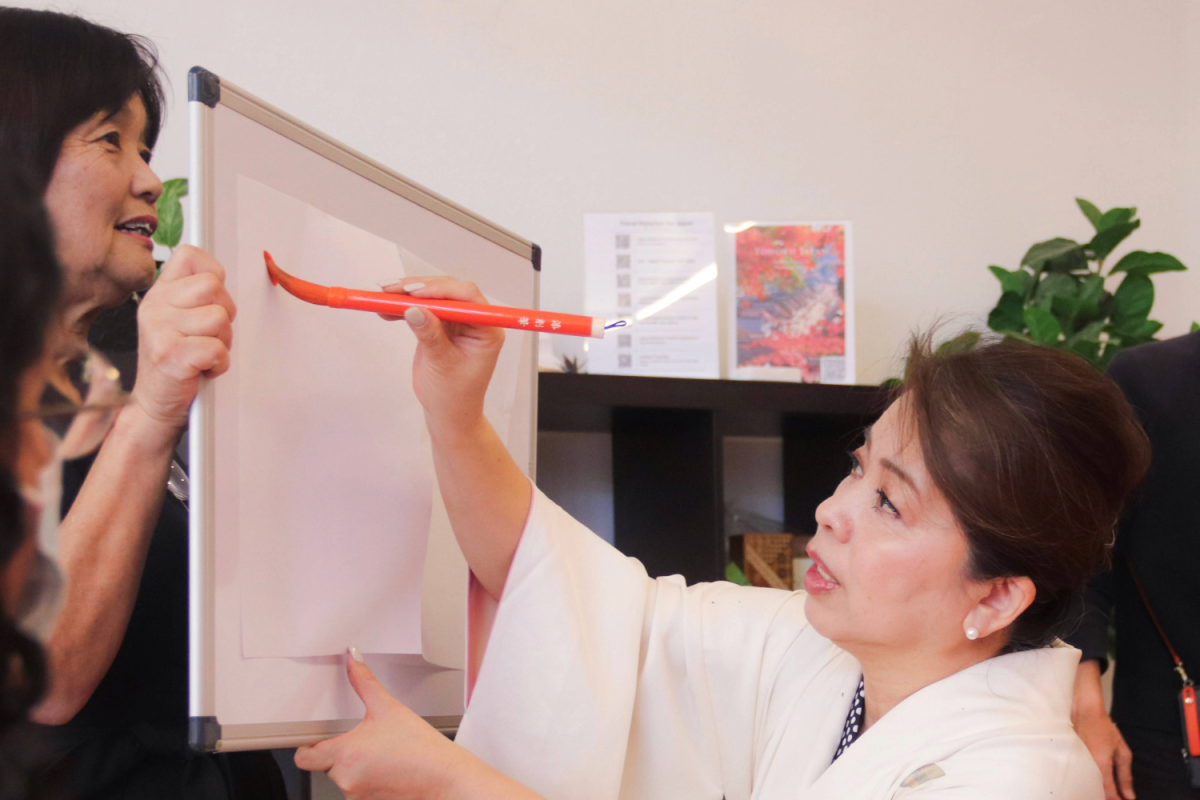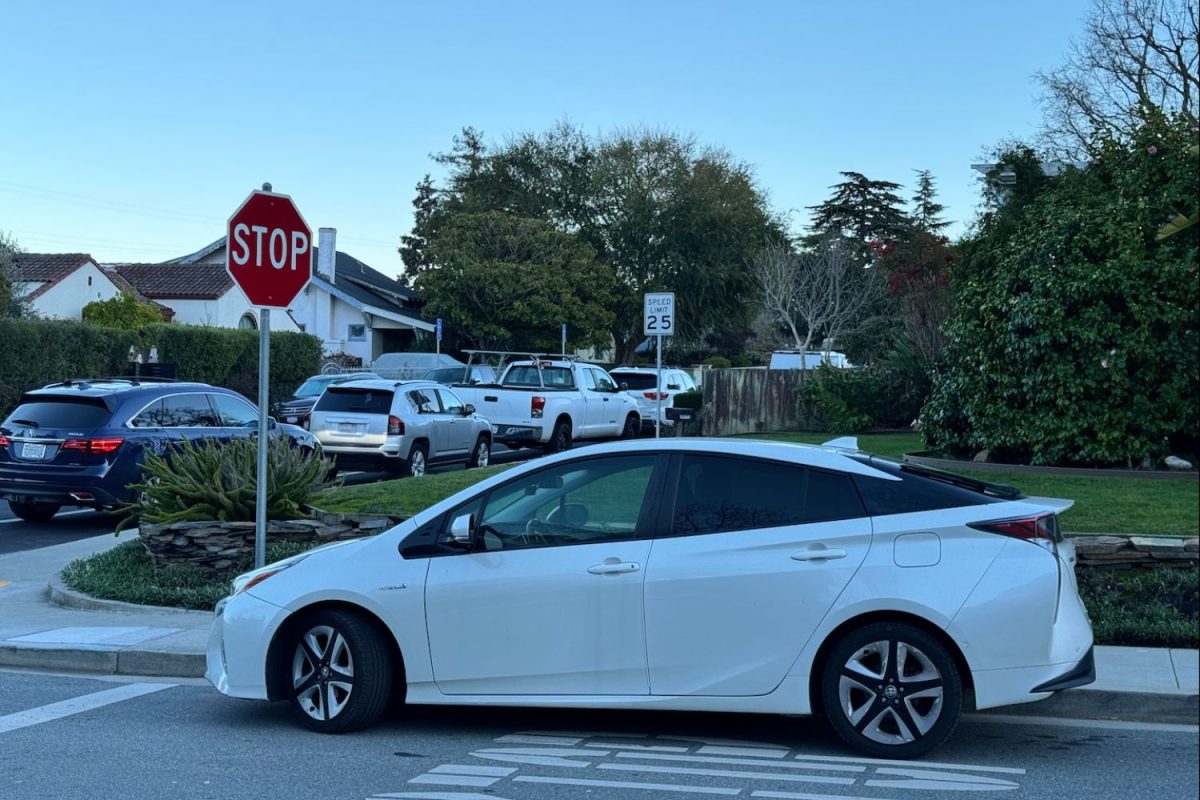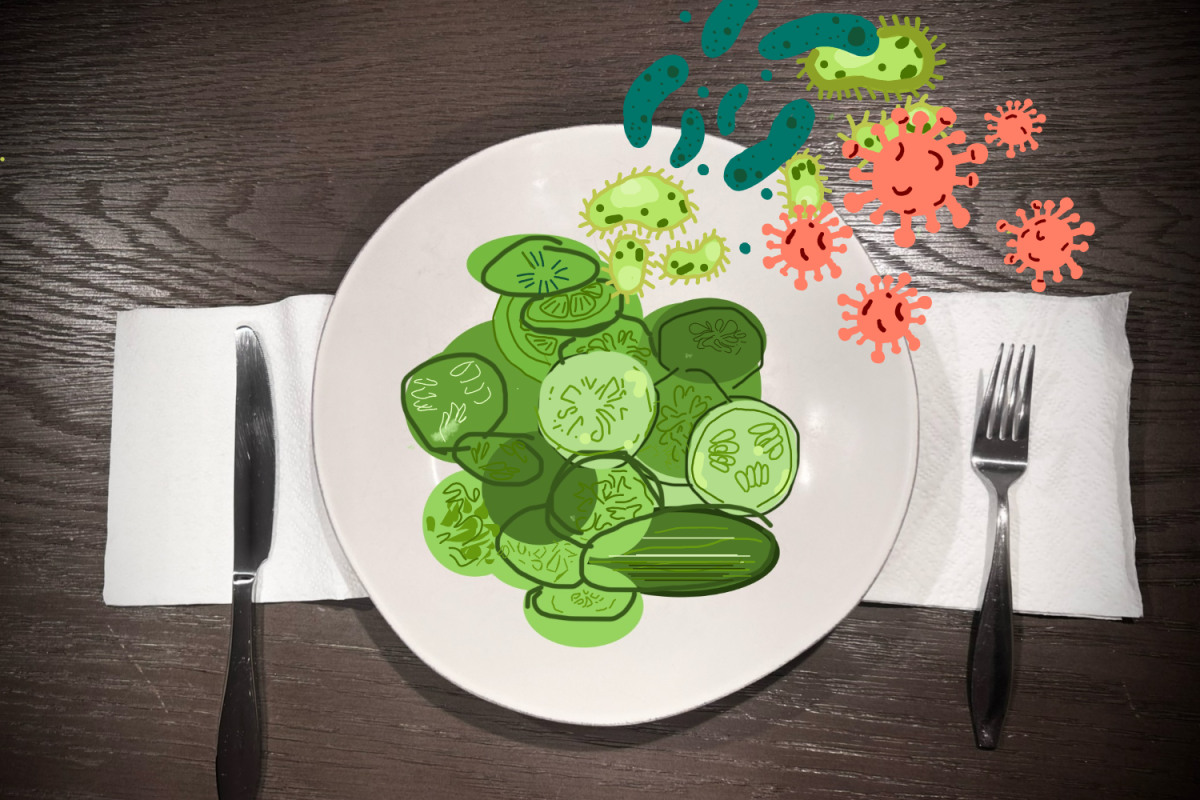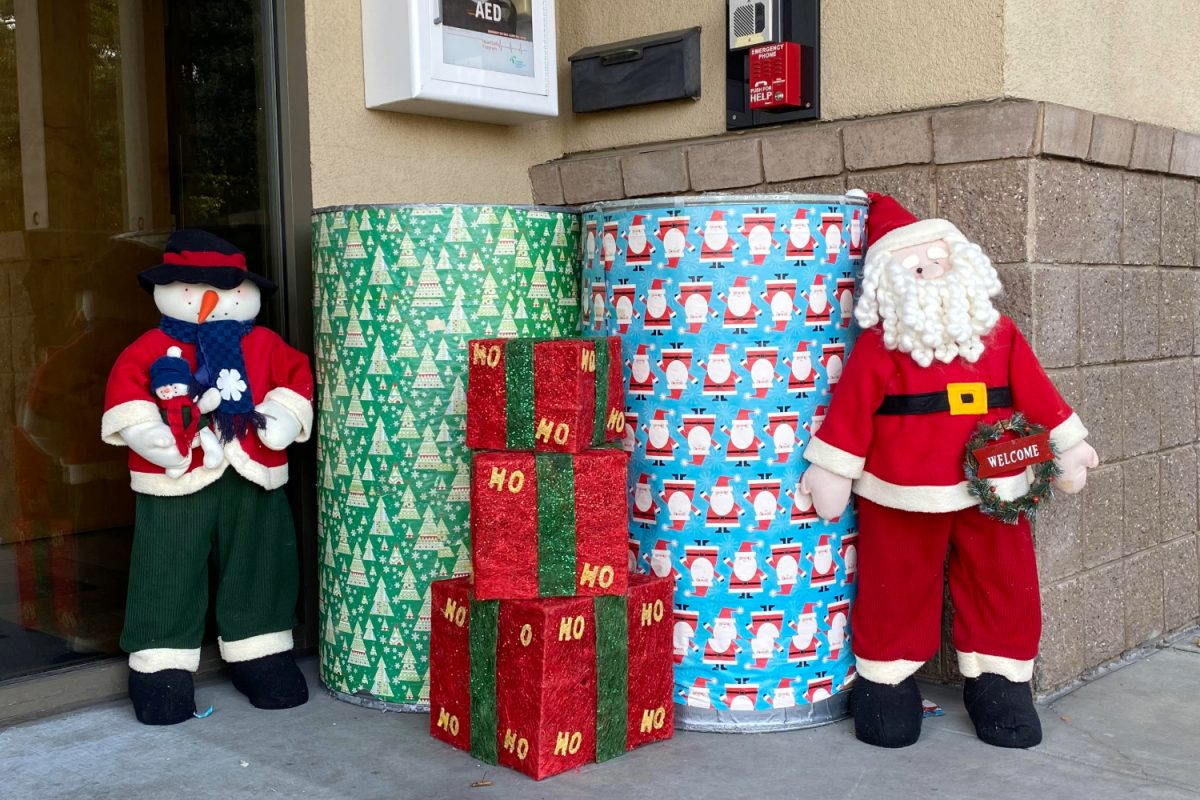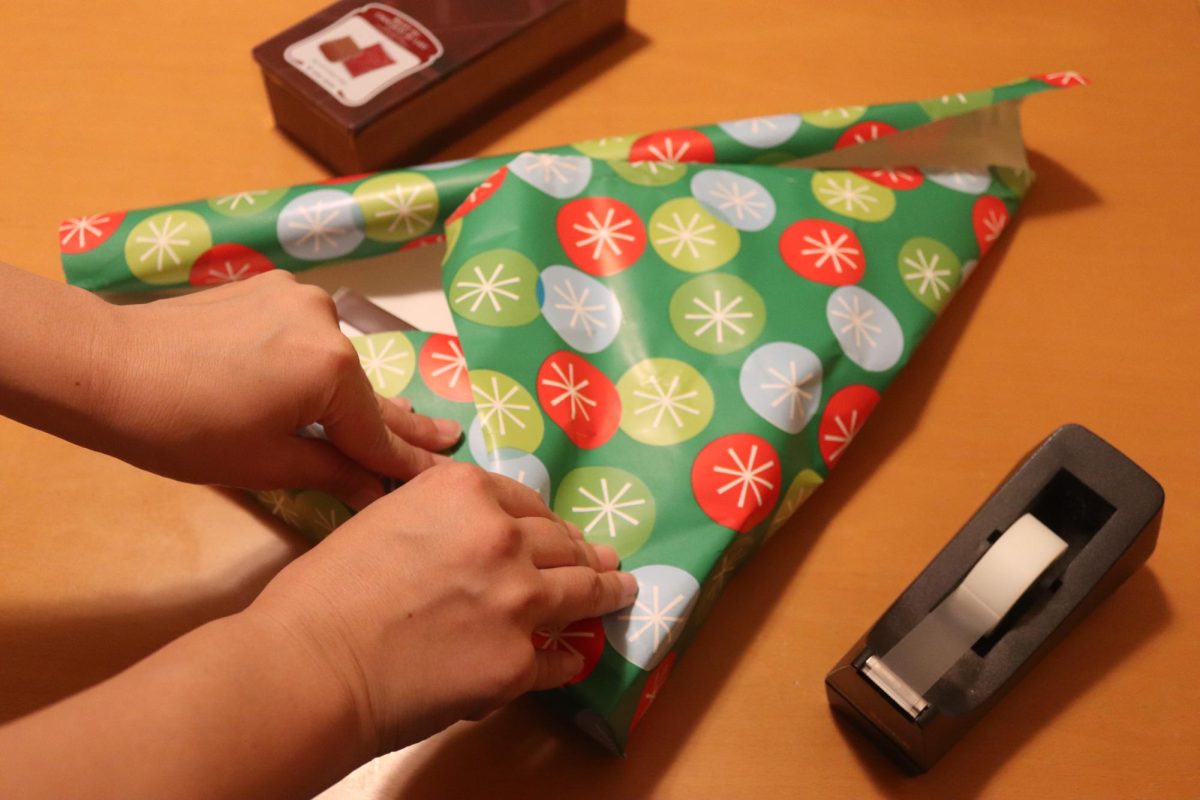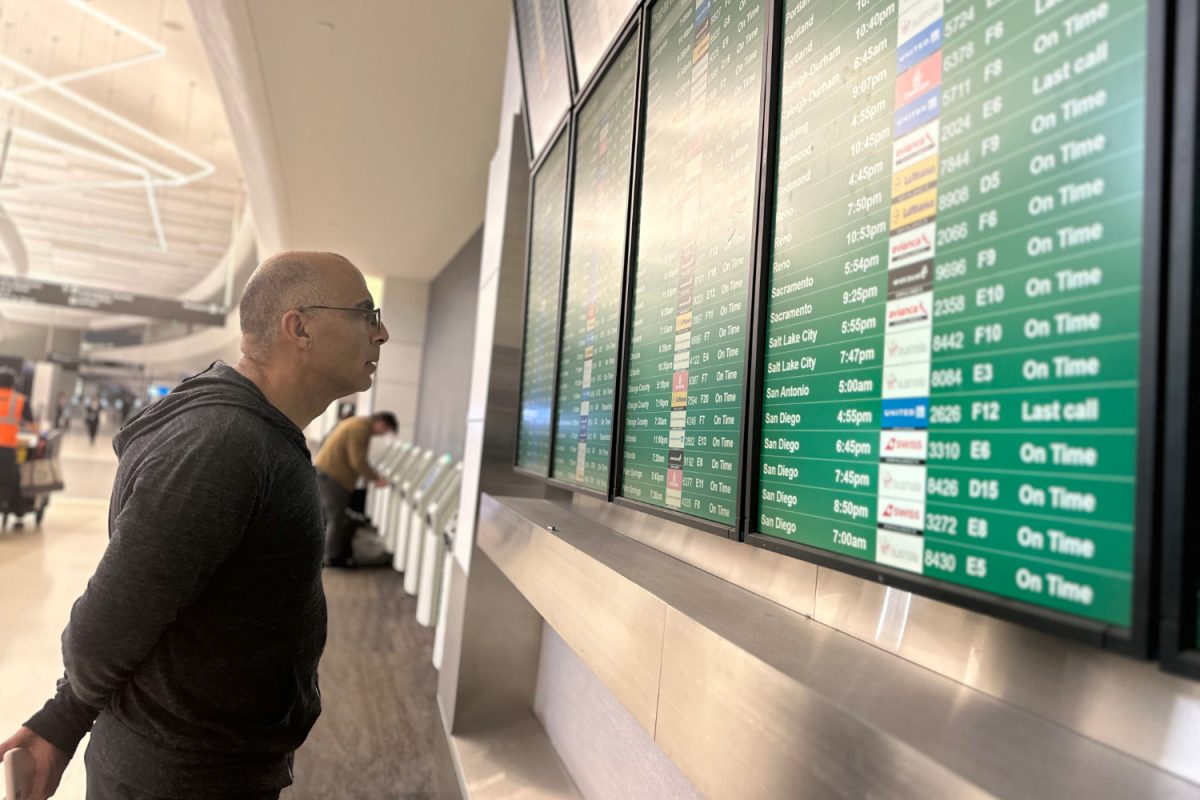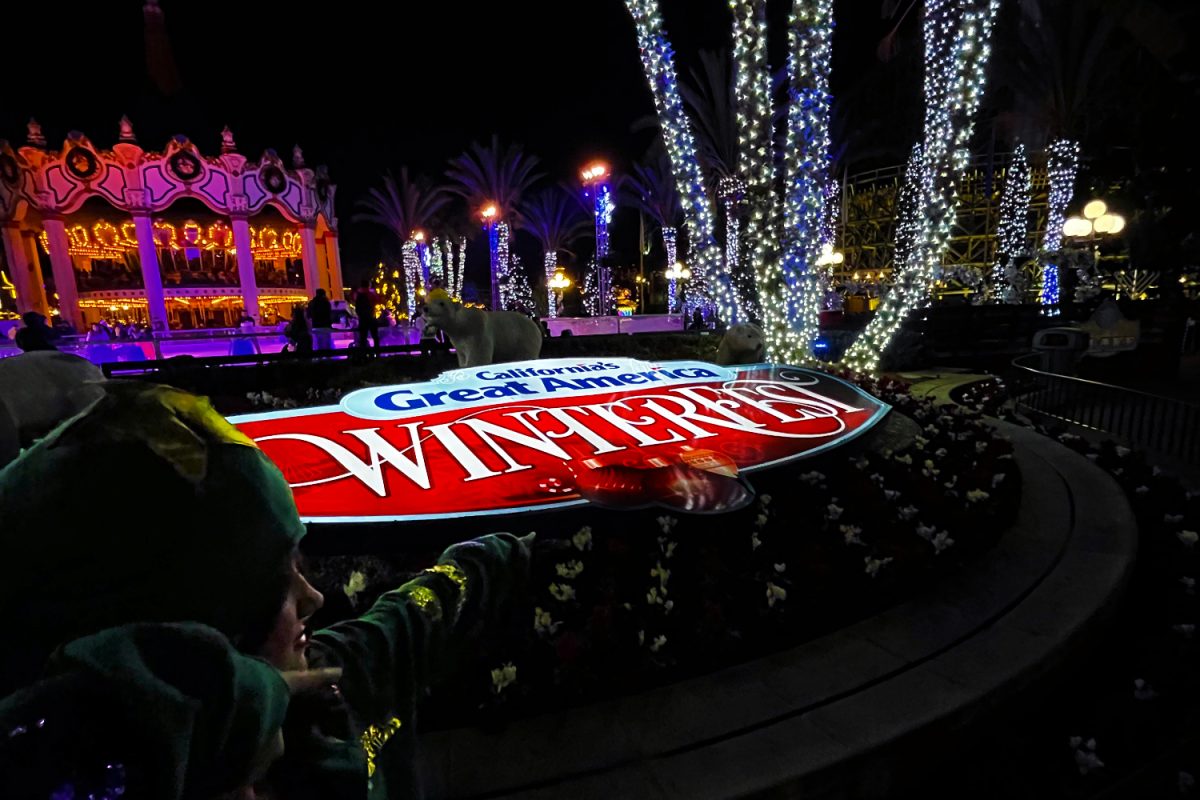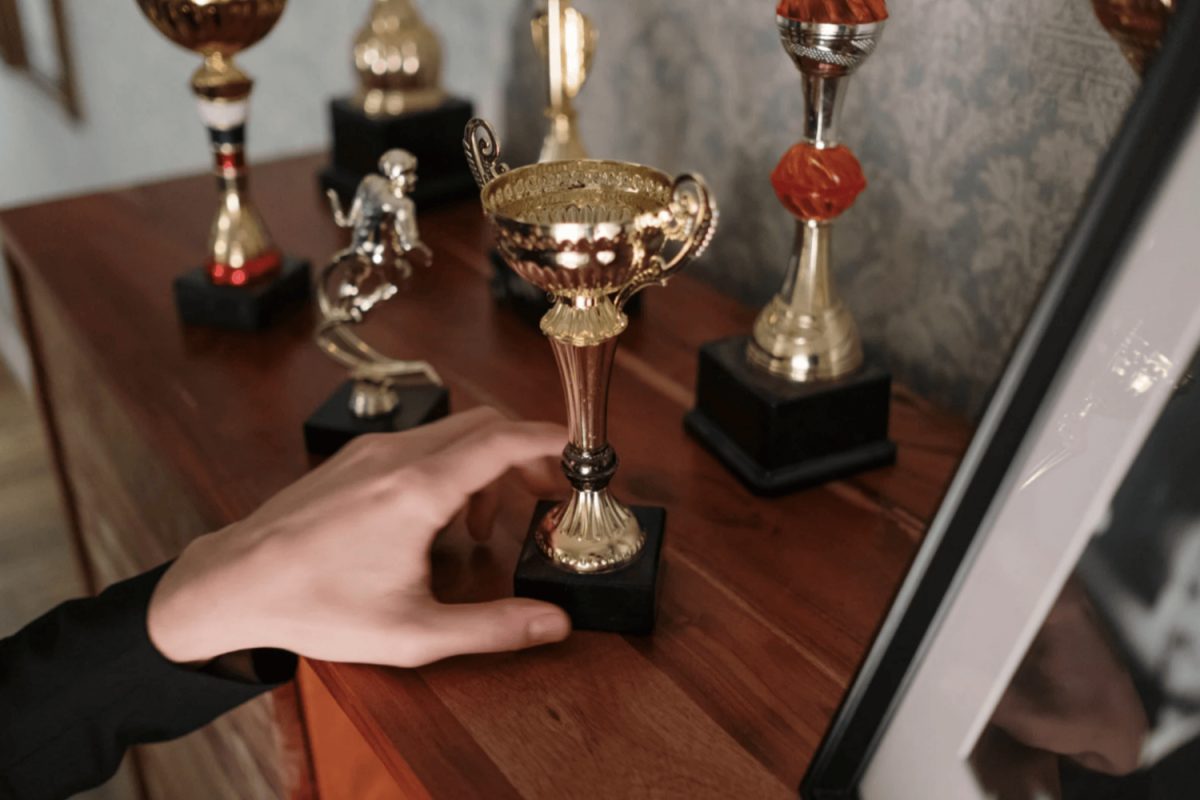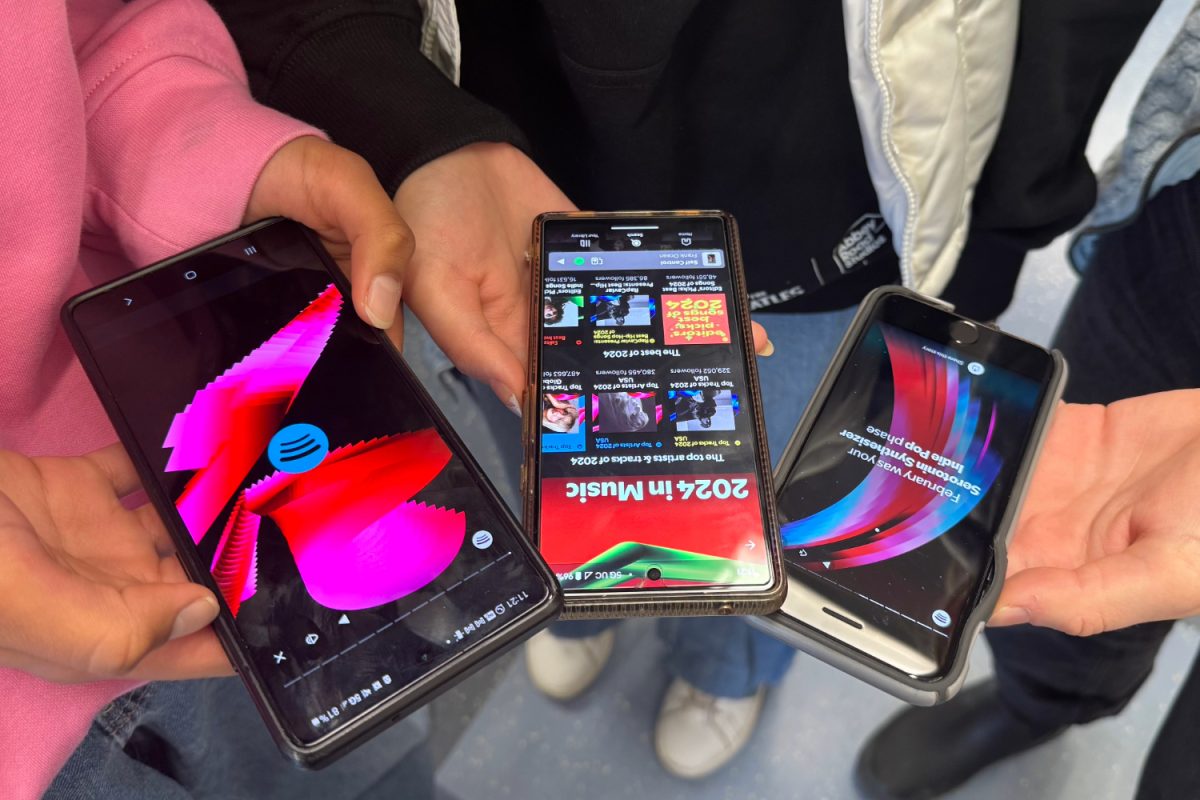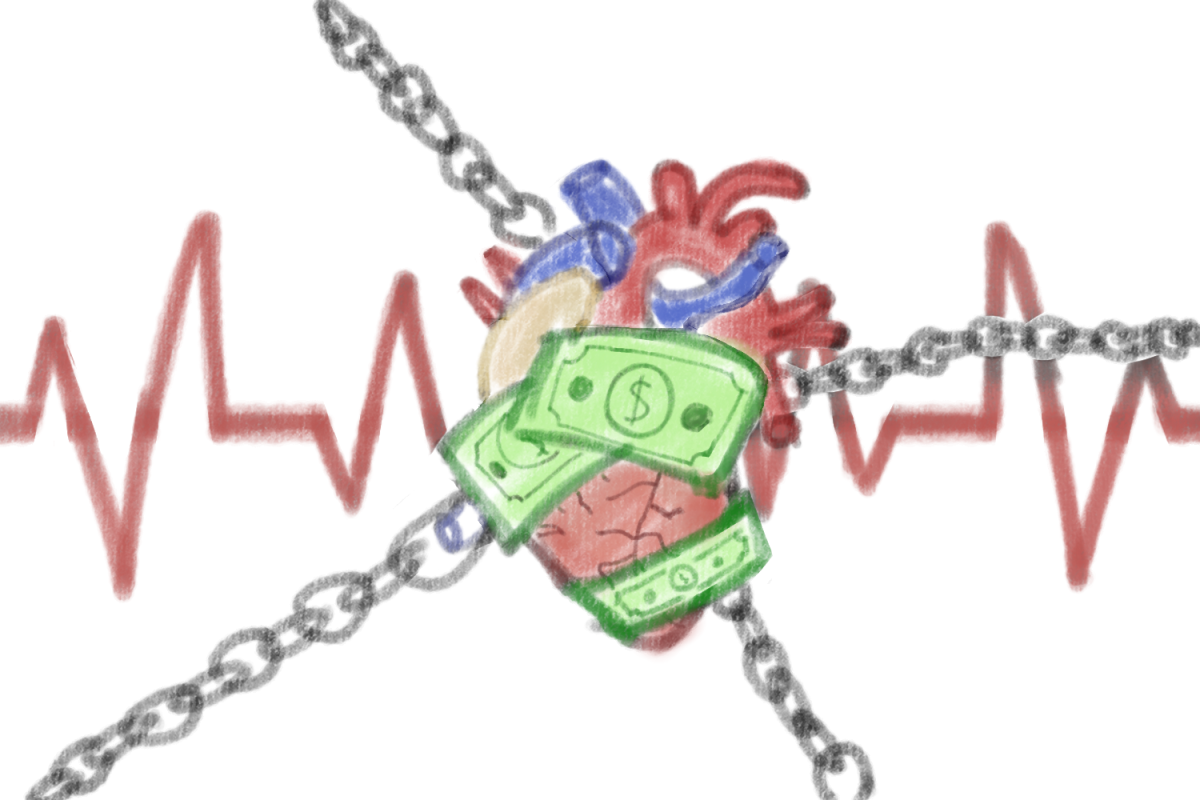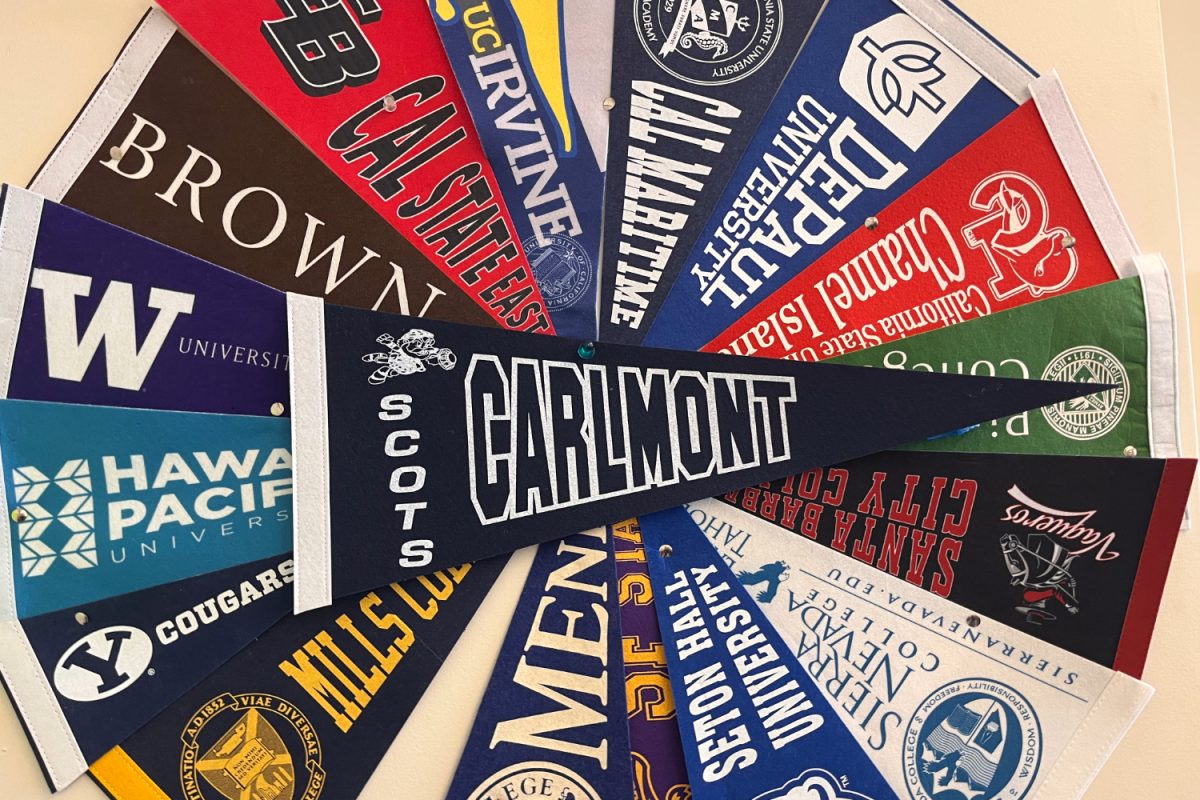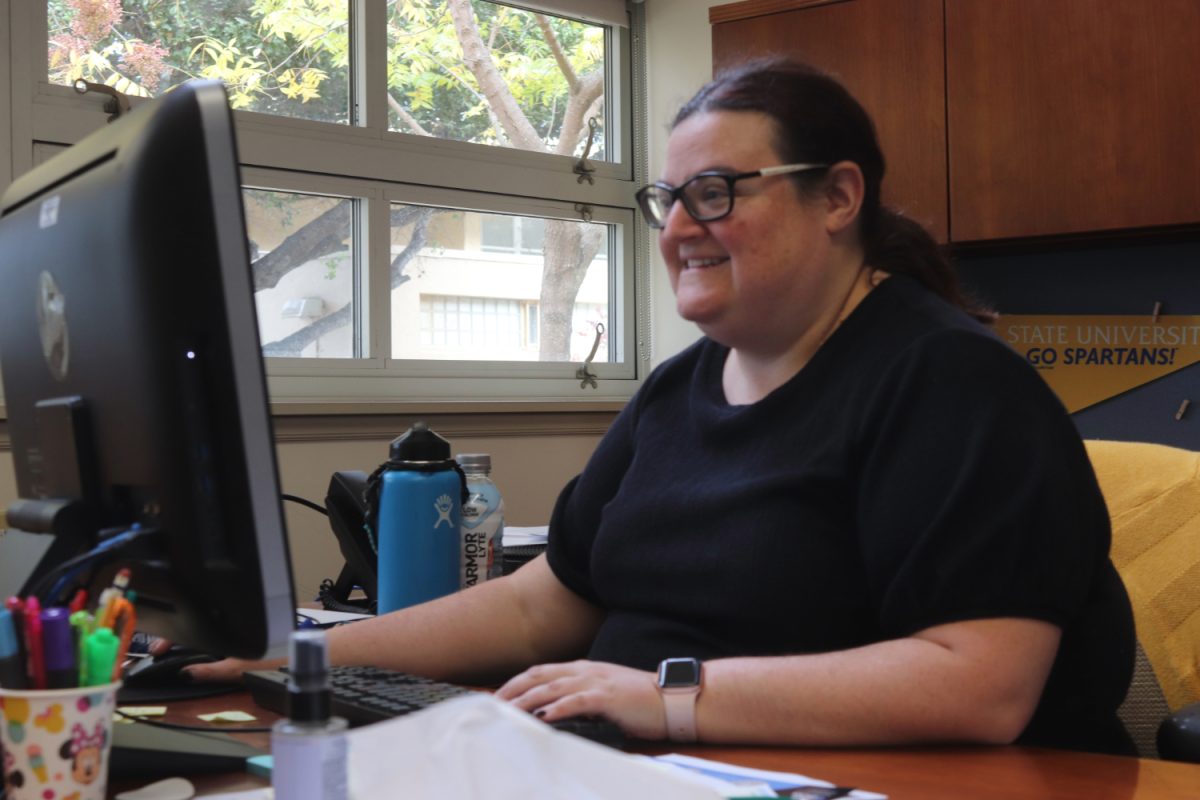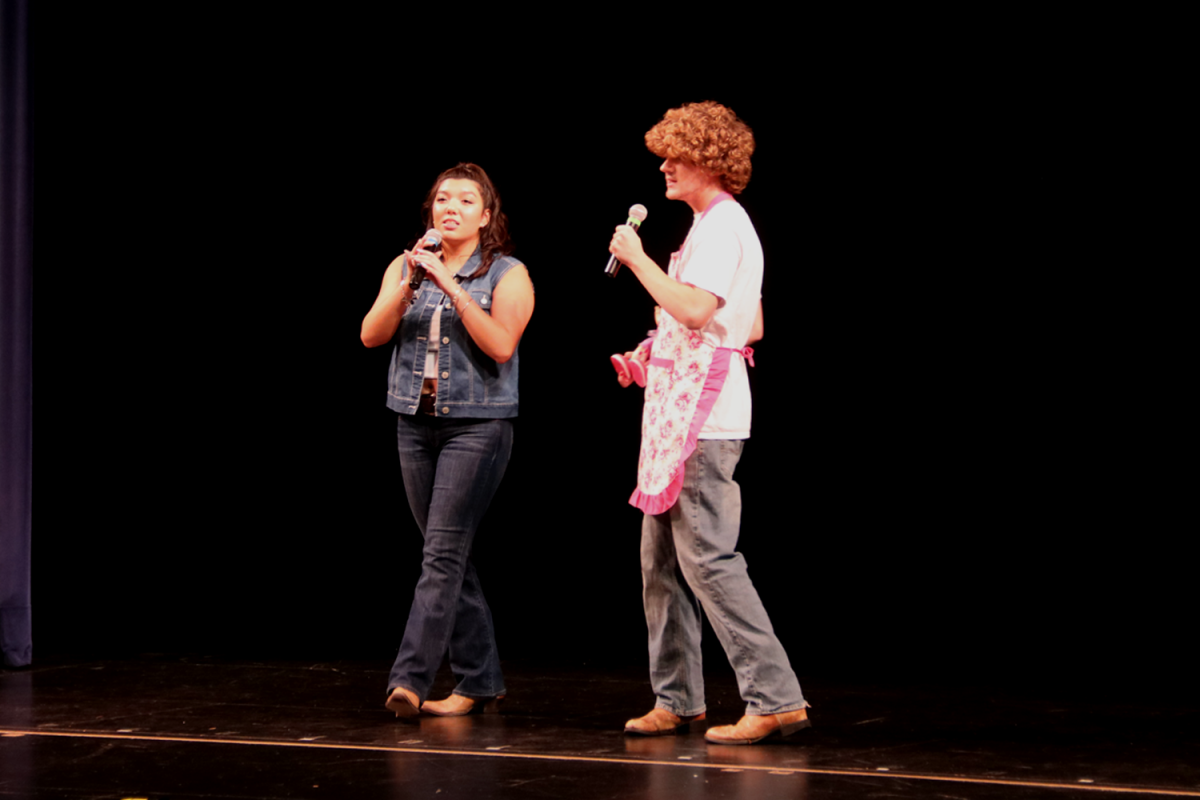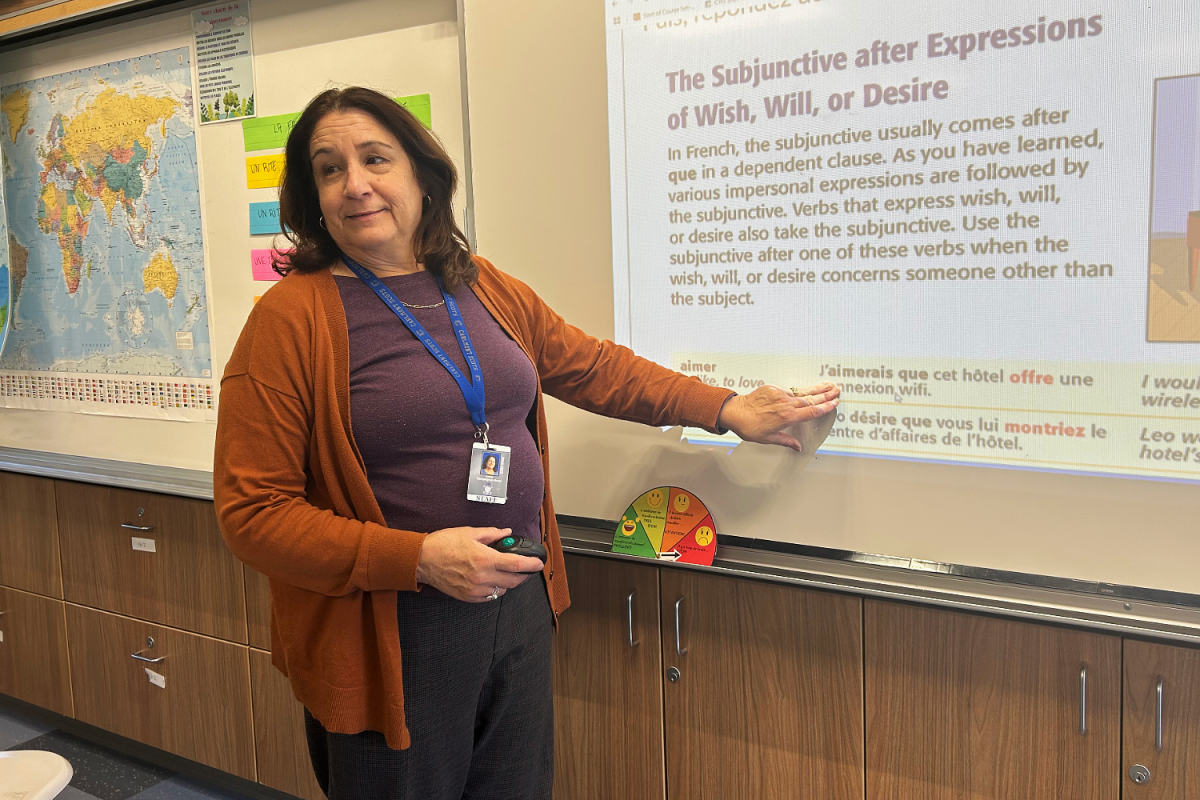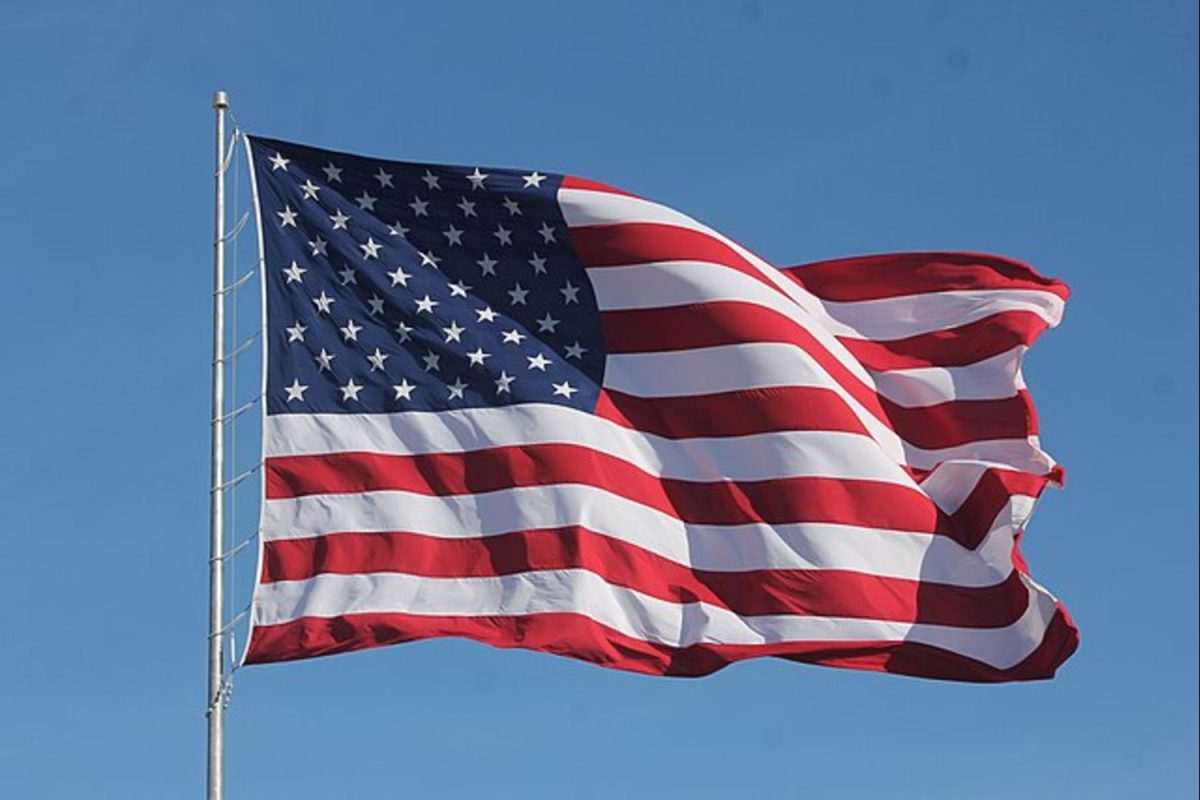In light of the new year, Japantown San Francisco hosted their first calligraphy writing workshop, where participants practiced kakizome.
“Kakizome refers to the first time of the year that Japanese people do calligraphy writing. It is usually held on Jan. 2,” said Aoi Yamaguchi, a professional commercial calligrapher from Los Angeles.
The two-day event took place on Saturday, Jan. 11, and Sunday, Jan. 12, at the Japanese Cultural District Center. Across the two days, there were multiple 45-minute timeslots for community members to participate in Japan’s traditional practice.
Participants learned the eight most basic strokes in Japanese calligraphy during the event. Using their newly gained skills, each participant created an artwork portraying their resolution for 2025.
“Kakizome started in the eighth century, and during that time, only the emperor and aristocratic families practiced Kakizome by writing poems. They only exchanged poems, not writing about their resolutions for the new year,” said calligraphy teacher, Kumiko Morimoto, also known by her artist name Goyo Morimoto.
The practice was further popularized during the Edo period when it was mandated as compulsory education as it played a primary role in Japanese New Year’s celebrations.
However, nowadays, kakizome is not as widely practiced. Resolutions are written instead of poems for those celebrating the new year with Kakizome.
“You write New Year greeting characters, such as omedetougozaimasu, meaning Happy New Year, or hatsuyume, meaning first dream,” said Hiroyuki Oda, a professional calligrapher and calligraphy teacher at the Japanese Culture and Community Center in San Francisco.
Calligraphy is still practiced among elementary school students and in some middle and high school clubs as a way for the Japanese to improve their shodo writing skills.
According to Web Japan, shodo writing is directly translated to “the Japanese way of writing,” where brushes are dipped into ink and used to write traditional characters. In addition to being used during kakizome, the basics of penmanship are taught in Japanese language classes and at weekend art-specialized schools.
Shodo originated in China and was brought to Japan in the sixth century. The writing style was introduced alongside methods to make brushes, ink, and papers, only requiring four main tools to be practiced.
“There are only four important things. One is the brush, one is the ink, one is the paper, and the last one is the sumi, also known as the ink stone,” Morimoto said. “Different calligraphers use many variations of these tools for different occasions.”
Shodo has become an admired art form and has become a large part of traditional Japanese art.
“Calligraphy is a pretty difficult art form, but it’s really beautiful and a very creative form of expression,” said Sachin Bulfer, a junior at Carlmont.
However, Yamaguchi countered this statement by introducing how she utilizes her calligraphy in the real world.
“I produce a lot of commission work in Los Angeles, primarily physical writings. These can range from writings for personal collections to custom writings for private businesses’ packaging and logos, and even advertisement for movie titles,” Yamaguchi said.
In addition to its growing role in American culture, calligraphy still plays a vital role in Japan.
“When I went to a Japanese elementary school around 10 years ago, they had regular calligraphy classes. It’s part of the curriculum for elementary students,” said Ria Smilovitz, a Carlmont junior and the Japanese Culture Club president. “There’s even textbooks dedicated to calligraphy you get from school.”
Calligraphy even plays a role in pop culture and the bustling streets.
“Calligraphy is integrated everywhere in Japan. Even walking around the streets of Shibuya, you could see the street signs or restaurant advertising written in calligraphy,” Bulfer said. “Historical places also have little aspects of it integrated throughout.”

